The well-bred Sea Pigeon, who had finished seventh in the Derby when trained at Beckhampton by Jeremy Tree, was later bought by the wine and spirits importer Pat Muldoon to go into training over hurdles with Gordon W. Richards in Penrith. The story goes that on his first foray out of his new northern yard, the gelding who was to become one of the greatest hurdlers we have seen stopped still in shock at the sight before him: it was the first time he had ever encountered a cow.
Many find the north is a different place. As one who cut his journalistic teeth in Liverpool, I go with Tennyson’s verdict: ‘Bright and fierce and fickle is the South/ And dark and true and tender is the North’. Now racing’s authorities are worrying about jump racing in general and about jump racing in the north in particular. A review led by the former Cheltenham managing director Edward Gillespie has studied such problems as the decline in field sizes, the drop in jump-racing attendances and horse ownership compared with the Flat and the widening gap between Flat and jumping prize money. In particular, it noted that there is no aspirational meeting in the north other than Aintree at the end of the season to encourage northern owners and trainers and that the north has seen a sharp decrease both in the share of jump horses in training and its share of top-quality horses. A British Horseracing Authority task force will seek remedies.
Life has been tough for northern trainers for some time. No northern-based handler has been champion trainer since the 1983–84 season. Fred Winter took his last title to Lambourn in 1984–85 before his former assistant Nicky Henderson, also based in the Valley of the Racehorse, gained the first two of his three titles in the next two seasons. Starting in 1988–89, Martin Pipe then took the title to Somerset for 15 years, punctuated only by the two seasons David Nicholson, based in Gloucestershire, triumphed in 1993–94 and 1994–95. Paul Nicholls became champion from Somerset in 2005–06 and has won every year since with the exception of 2012–13, when Nicky Henderson wrested the title back after a break of 26 years.
It has been a similar story in the saddle. His association with Pipe and with the top owner J.P. McManus helped the phenomenon Tony McCoy, based in Lambourn, to be champion jockey throughout his 20-year career, which ended last year.
As it happens, Edward Gillespie and I are collaborating on a history of jump racing since the Arkle days and just as his review came out I had been concentrating on the 1970s and ’80s. We tend to forget now that in those days northern trainers and riders figured frequently as championship contenders. Red Alligator’s Grand National victory in 1968 helped clinch a trainers’ title for Denys Smith. For three years from 1978, Peter Easterby took the trainers’ title for Yorkshire and the next three championships, too, went north as Michael Dickinson rewrote the record books. Had he not then been tempted away to Flat racing, Michael would surely have collected plenty more titles and he and Easterby faced hot competition on their home patch. The canny Arthur Stephenson, based in Bishop Auckland, Gordon W. Richards in Penrith, Jimmy FitzGerald in Malton and Ken Oliver in Scotland turned out winners aplenty in big races. Ron Barry, Jonjo O’Neill and Tommy Stack all won the jockeys’ championship while based in northern yards. In the Champion Hurdle’s most exciting period it was the northern-trained stars Night Nurse and Sea Pigeon who dominated and no horse has figured more gloriously in Grand National history than Red Rum, trained not far from Aintree by Ginger McCain.
Of course, there is more money in the south and money does tend to buy success. If George Osborne can make a go of his northern economic-powerhouse plans, no sector of society will be happier than the racing community to test if the trickle-down theory works. But when you look at the 200-horsepower winner factories on the Flat established by the northern-based yards of Mark Johnston and Richard Fahey (and I concede that with all-weather racing through the winter they may be part of jumping’s problem in attracting new owners), it should not be impossible for a northern yard to get back into the jumping big time. A single crowd-pulling hero like One Man or Red Rum can work wonders.
Nobody who witnessed the blood-tingling battle to the line between Cue Card and Vautour for the King George VI Chase at Kempton on Boxing Day or who shouted home Sprinter Sacre and Sire De Grugy as they repeated the thrill the next day could doubt the excitement and emotion top-class jumping stirs among the sporting public. What we must do is to see that a little more of the jam is spread around the smaller tracks who keep the show going between the peaks, and that bit really is down to the review bodies and task forces.
Got something to add? Join the discussion and comment below.
Get 10 issues for just $10
Subscribe to The Spectator Australia today for the next 10 magazine issues, plus full online access, for just $10.

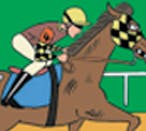
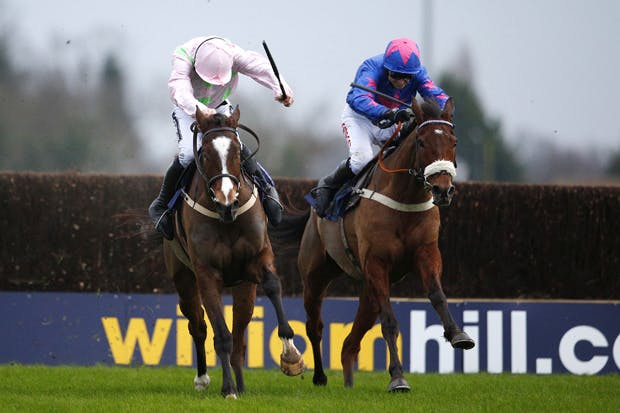
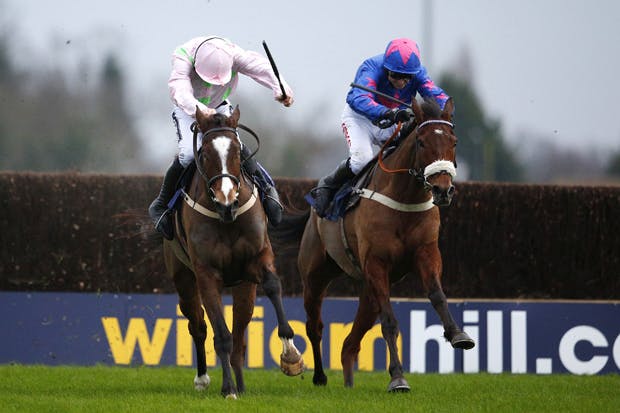
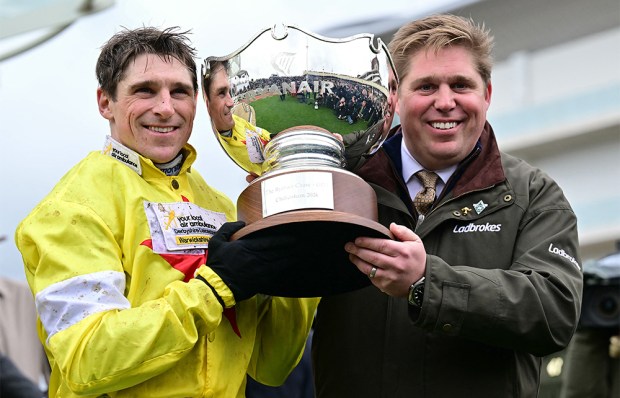
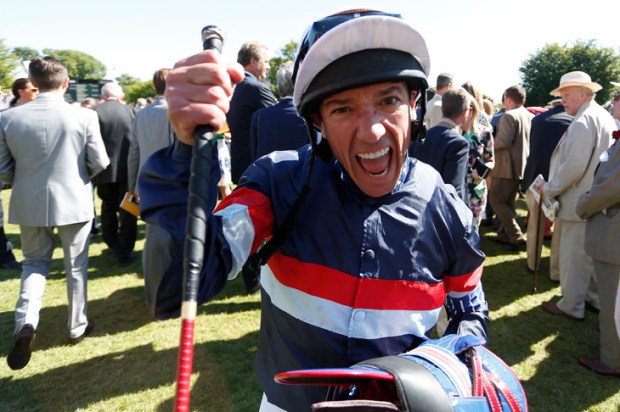
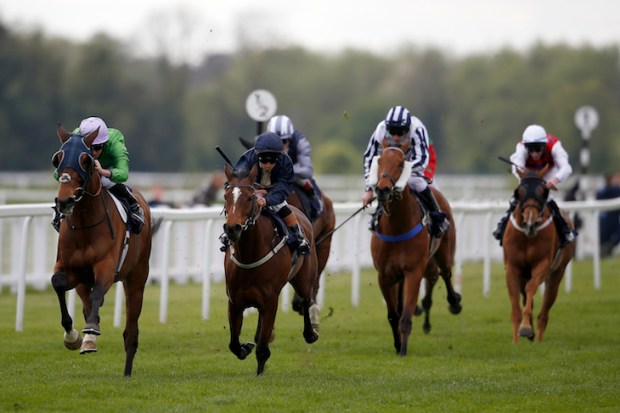
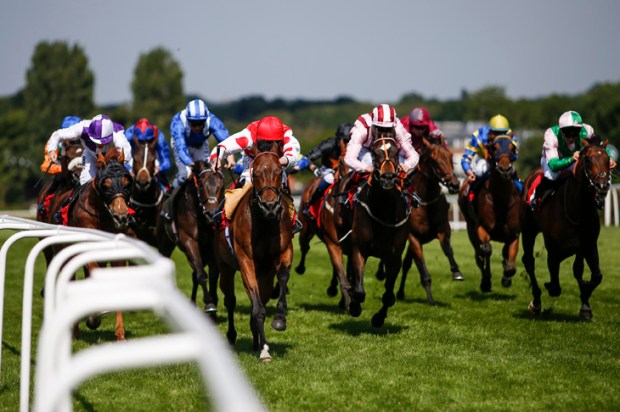
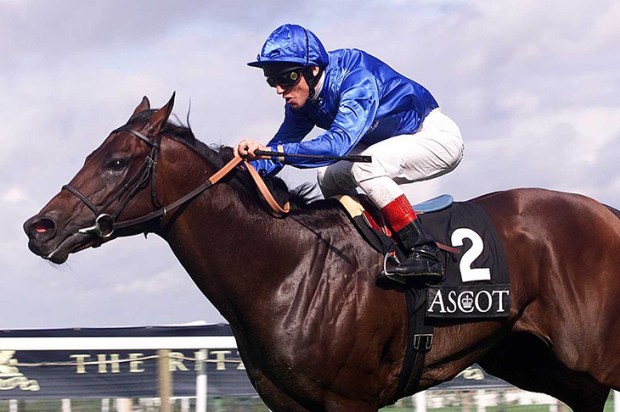






Comments
Don't miss out
Join the conversation with other Spectator Australia readers. Subscribe to leave a comment.
SUBSCRIBEAlready a subscriber? Log in